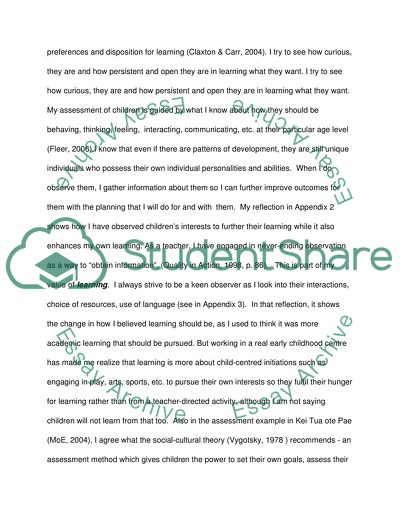Cite this document
(“My Personal Pedagogy Essay Example | Topics and Well Written Essays - 3000 words”, n.d.)
Retrieved from https://studentshare.org/education/1400347-my-personal-pedagogy
Retrieved from https://studentshare.org/education/1400347-my-personal-pedagogy
(My Personal Pedagogy Essay Example | Topics and Well Written Essays - 3000 Words)
https://studentshare.org/education/1400347-my-personal-pedagogy.
https://studentshare.org/education/1400347-my-personal-pedagogy.
“My Personal Pedagogy Essay Example | Topics and Well Written Essays - 3000 Words”, n.d. https://studentshare.org/education/1400347-my-personal-pedagogy.


